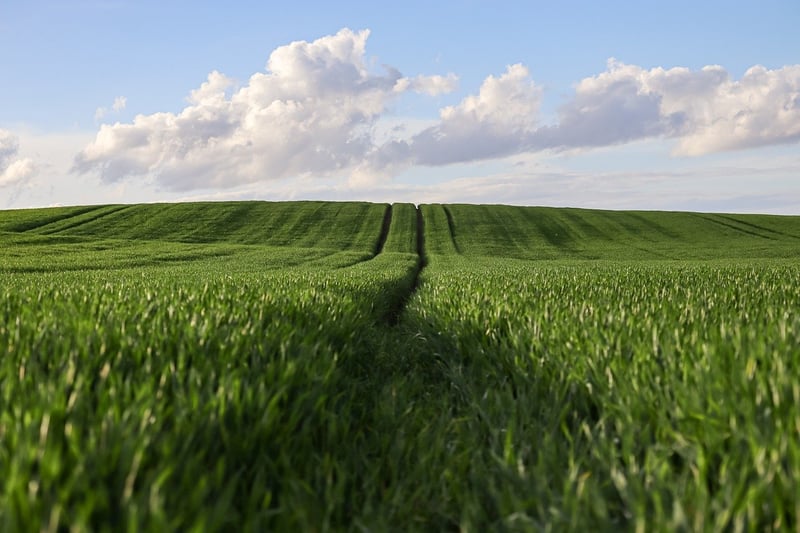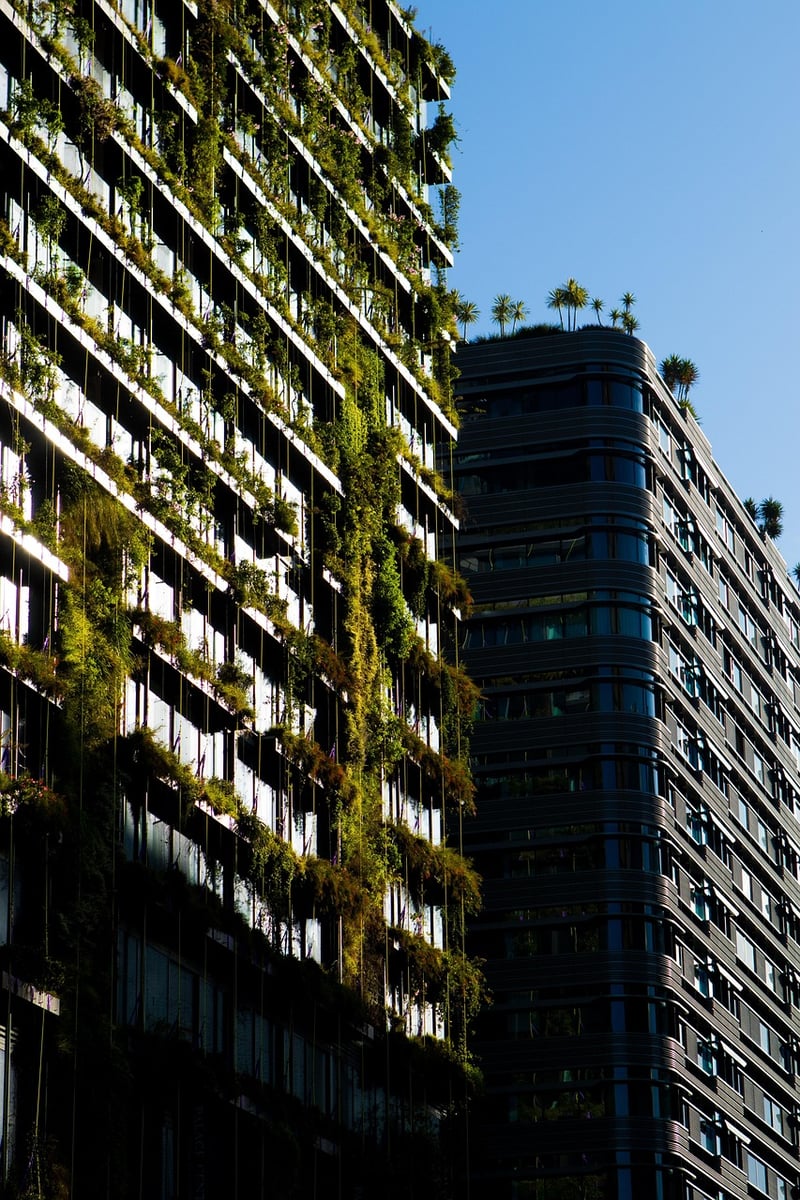Vertical gardens
Exploring Planting Options and Vertical Gardens
Planting Options
When it comes to planting, there are various options to choose from based on your space, preferences, and gardening goals. Here are some popular choices:
1. Container Gardening
Container gardening is ideal for those with limited outdoor space. You can plant flowers, herbs, vegetables, and even small trees in containers placed on balconies, patios, or windowsills.
2. Raised Bed Gardening
Raised bed gardening involves planting in beds elevated above the ground. This option is excellent for improving soil drainage and preventing soil compaction.
3. Hydroponic Gardening
Hydroponic gardening is a soil-free method that involves growing plants in water-based nutrient solutions. It's a space-efficient and water-saving way to cultivate a wide variety of plants.
Vertical Gardens
Vertical gardens are a creative way to maximize space and add greenery to urban environments. Here are some ideas for vertical gardening:
1. Living Wall
A living wall is a vertical structure covered in plants that can be installed indoors or outdoors. It not only enhances the aesthetics of a space but also improves air quality.
2. Vertical Planters
Vertical planters are containers attached to walls or fences, allowing you to grow plants vertically. They are versatile and can be used to create stunning displays of flowers or herbs.
3. Pallet Gardens
Repurposed pallets can be transformed into vertical gardens by adding shelves or pockets for planting. Pallet gardens are cost-effective and perfect for small spaces.
Benefits of Vertical Gardens
- Space-efficient
- Improves air quality
- Enhances aesthetics
- Provides insulation
- Reduces noise pollution
Whether you opt for traditional planting methods or decide to explore vertical gardening, there are numerous options to bring greenery into your surroundings.

Image Source: Pixabay
